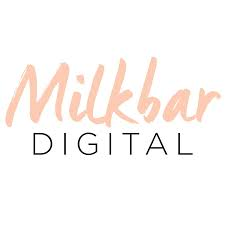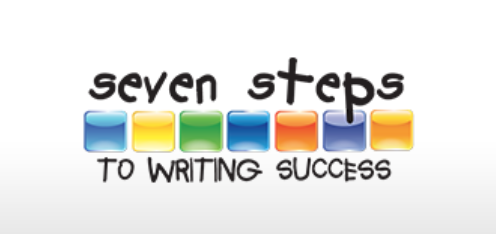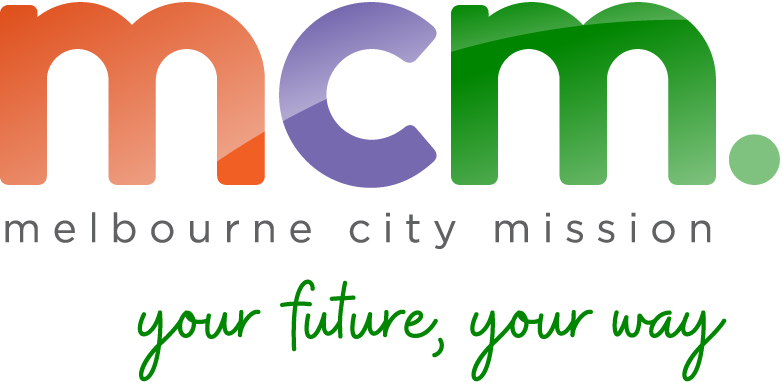Transform Retention With 5 Key Strategies
Are you having trouble keeping your best employees engaged in today’s volatile employment environment?
Are you looking for ways to attract and keep talented people who can help grow your business?
In our recent webinar, Lauren Ayers and I provided our key tips for SMEs to stay on top of the retention challenge in 2024.
Missed the live session? Watch the webinar recording below.
Here’s a story I shared during the webinar:
In a previous role, I worked with a manager who was affectionately nicknamed “the Doctor.”
Every day at 3:00 pm, he would leave his desk and go on what he would call “his rounds.” This meant walking the floor to catch up with people on his team and others, with no other agenda than to simply connect.
At the end of every round, he’d return with valuable information and stories gathered from talking to ‘his people.’ Consequently, he was well-regarded, well-informed, trusted, and respected by his team.
I believe this shows how effective leaders understand that engagement doesn’t need grand gestures, elaborate plans, or big budgets. It’s the small, intentional actions that you take every day that strengthen your team’s bonds and cultivate an engaging culture.
Want to know 5 Effective Strategies for Increasing Retention and Engagement in 2024? Read on!
THE CHALLENGES
The Australian employment landscape has changed dramatically. Here are some of the key factors impacting SMEs:
HR TREND 1: ‘PANDEMIC HANGOVER’
Change fatigue continues to be experienced from adjusting to new work models, coping with employee burnout, and adapting to changing consumer behaviours and economic volatility. Well-being and flexibility remain high on the agendas of new and existing employees.
HR TREND 2: HYBRID WORK PUZZLE
Finding the right work balance that will suit your business, people, and customers is crucial. This may include balancing remote and in-office work, ensuring effective collaboration and communication, and creating a strong sense of belonging among geographically dispersed teams.
HR TREND 3: ADDRESSING SKILLS SHORTAGES
The skills gap remains a persistent challenge across various industries in Australia. In the last year, 36% of job types, totalling 332 out of 916, faced a shortage of qualified candidates. Internal training and fostering job growth opportunities have become key priorities for SMEs making the most of existing resources.
HR TREND 4: MANAGING WORKPLACE LEGISLATION
Staying compliant with recent reforms like Closing Loopholes and WHS laws are necessary to avoid legal penalties. Compliance isn’t just about following rules; it’s also good for business. Viewing compliance as an opportunity rather than a burden can give you a competitive edge and help you achieve your HR and business goals.
THE OPPORTUNITIES
5 Key Strategies for Retention Success in 2024
Here are 5 ways you can leverage the full potential of your best people while maximising retention:
1. Reward and recognition: Recognising employees is crucial for retaining them. A PwC Australia study revealed that incentives and rewards were the main factors that kept 25% of workers in an organisation.
Additionally, companies that regularly recognise their employees are 41% more likely to boost retention and 34% more likely to enhance engagement.
Customise reward and recognition strategies to fit your team. Recognise positive behaviours, acknowledge important milestones like work anniversaries, and celebrate team ‘wins’. Also, remember that different personalities like to be recognised in different ways.
2. Listen to your people: As the earlier story of ‘The Doctor’ shows, listening to your people requires intentional effort by making it a priority to connect at a personal level.
What’s more, listening can help inform your retention efforts, and guide decisions on your people’s workload, work-life balance, or career development.
Consider conducting retention interviews with your key people and actively listening during employment interviews, to discover what it takes to make your people feel valued, engaged and ultimately stay.
3. Regular feedback: Employees desire feedback, with 65% saying so. Companies with regular feedback have 14.9% lower turnover, thus keeping their people motivated at work.
Regular performance reviews are a must, along with real-time feedback to gauge engagement and facilitate progress. In today’s hybrid environment, informal platforms such as Microsoft Teams, Slack, etc. enable you and your team to give and receive feedback instantly and continuously.
4. Training and development: Investing in your employees’ learning and development can boost retention, as 45% of workers say it would make them stay longer in an organisation.
Learning and development opportunities can help your employees grow their skills, knowledge, and confidence. They can also help them achieve their career aspirations and goals.
Offering training opportunities that are well-designed and aligned with your employees’ needs and company goals, will improve retention as well as job performance, so it is a win-win. In fact, 92% of employees say that training programs have a positive impact on their engagement.
5. Induction and onboarding: Effective induction and onboarding processes are critical for setting new employees up for success. The average cost per hire to recruit and bring someone up to speed in their role can be up to 1.5 times their salary, so it makes sense to get it right the first time.
Comprehensive orientation programs and personalised onboarding experiences help new hires integrate seamlessly into the company culture.
The initial 90 days are crucial for retention. Structured onboarding, clear communication of expectations, and regular check-ins foster a positive experience, influencing employees’ decisions to stay or leave.
In summary, addressing HR challenges in 2024 requires a strategic approach. It’s no different from any other key area of the business, such as finance, operations, and marketing. By investing in the 5 strategies above, you can significantly impact factors that maximise retention and engagement.
The Benefit: Reduced turnover costs, but more importantly, creating an environment that attracts the best people to your business, who will drive productivity, performance, profitability, and customer satisfaction.
ACCESS HOWARDCO’S FREE RETENTION STRATEGY CHECKLIST
To support your talent retention efforts, leverage the retention strategy checklist we shared from our 5 Engagement Strategies You Must Adopt In 2024 To Maximise Retention webinar. This tool will assist you and your team in assessing and enhancing engagement and retention strategies within your SME.
MAXIMISE HR PERFORMANCE WITH STAR WORKPLACE ENGAGEMENT SURVEY
- How well are you managing your human resources?
- How engaged and satisfied are your employees?
- Are your HR processes adequate to support a high-performing team?
- How aligned are your business goals and activities?
- How satisfied are you, as a business owner or manager, with your business results?
To answer these questions, it helps to measure and benchmark your HR performance. You can use the STAR Workplace Engagement Survey, a business improvement tool.
Designed to aid you in assessing your business against four key dimensions: Strategy, Culture, Engagement, and HR Framework, the STAR Workplace Survey offers valuable insights into the strengths and weaknesses of your HR practices.
It can also help in identifying areas for business improvement from which an HR plan can be developed that links your people to the performance of your business.
To learn more about the STAR Workplace Survey and how it can help you engage your best people, visit the Howardco website or contact us at info@howardco.com.au.
HOWARDCO READING RECOMMENDATIONS
- HR Alert – The Gender Pay Gap Bill
- How To Turn Your Strategy Into Reality
- The Secret to Engaging and Retaining Top Talent



















